Introduction
Financing activities are an essential aspect of a company's operations, encompassing strategic efforts to secure resources for continued growth and operation. In today's corporate landscape, tech giants like Apple and Alphabet have expanded their influence to become major players in financial markets, holding extensive portfolios of marketable securities. Understanding financing activities is crucial in navigating an environment of fluctuating interest rates, which can impact corporate balance sheets.
The cash flow statement provides insight into how companies manage cash and investments, shedding light on their financial stability and operational efficiency. From small businesses to large corporations, financing activities play a vital role in transforming ideas into reality and informing strategic decisions. Financial analysts analyze financial statements and market trends to guide businesses through financial challenges.
They play a pivotal role in evaluating a company's financial health and providing forecasts for strategic planning. By keeping abreast of recent funding rounds and market shifts, businesses can effectively strategize and secure their financial future.
What Are Financing Activities?
Financing activities encompass the strategic efforts of a company to secure resources necessary for its continued operation and expansion. This includes tapping into external funding sources, such as the issuance of bonds or stocks. The terrain of corporate finance has changed dramatically, with giants like Apple and Alphabet not only being tech powerhouses but also some of the most influential players in markets. They maintain substantial portfolios of marketable securities, such as corporate bonds and U.S. Treasuries, instead of merely hoarding reserves. This shift is crucial, especially when navigating an environment of fluctuating interest rates, where a rise can devalue bond holdings and impact corporate balance sheets.
The flow statement, an important document, clearly outlines these activities, revealing how businesses manage money and investments. It outlines inflows from operations and external investments, and outflows covering business endeavors and asset acquisitions. By doing this, one acquires understanding into whether the company is self-sufficient in cash generation or reliant on external financing, illuminating its stability and efficiency in operations.
In the context of small business financing, entrepreneurs face the challenge of securing the capital necessary to transform their ideas into reality. Luckily, the monetary landscape provides a multitude of options for startup funding, from conventional bank loans to innovative financing avenues like SBA startup loans, offering entrepreneurs with various pathways to acquire the needed capital.
In the midst of these dynamics, analysts play a pivotal role, analyzing statements and market trends to inform strategic decisions. They explore the complexities of balance sheets, income statements, and money movement statements to offer predictions that steer businesses through economic difficulties, adding to a company's strategic planning and fiscal well-being.
Understanding the nuances of financing activities is not only critical for large corporations but also for small business owners navigating the complex terrain of starting and sustaining a business. Keeping abreast of recent funding rounds and market shifts ensures that businesses of all sizes can effectively strategize and secure their financial future.
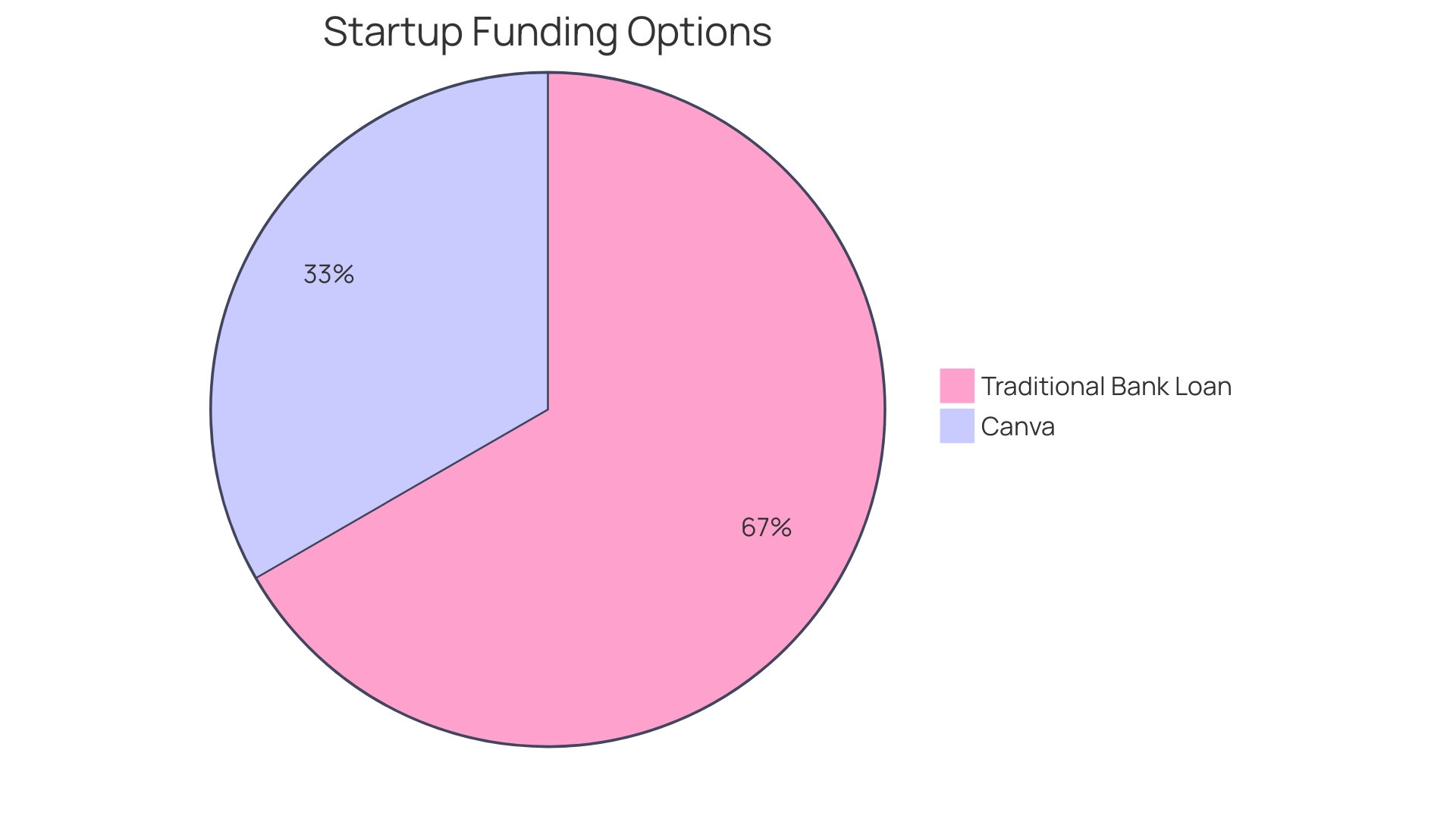
Sections of the Cash Flow Statement
A flow statement meticulously tracks the flow of money into and out of a business, delineating it into three pivotal segments: operating, investing, and financing activities. Operating activities encompass the inflows and outflows of funds from the business's core operations, such as funds received from customers and funds disbursed for expenses, inclusive of adjustments for non-funds items like depreciation and changes in working capital. Investing activities detail movements of funds associated with the acquisition and disposal of long-term assets and investments, providing insights into a firm's growth and asset portfolio rebalancing efforts. Lastly, financing activities reflect transactions that affect the equity and debt of the organization, offering a lens into how the entity finances its operations and growth, including the issuance or repurchase of shares, dividend payments, and borrowing or repayment of debt.
Understanding the Financing Activities Section
The flow statement's financing section provides a crucial perspective on an organization's financial strategy, highlighting transactions that influence its capital framework. It captures the essence of equity-related cash movements through the issuance or buyback of shares. This section also tracks the debt dynamics of an organization, documenting inflows from borrowing and outflows from debt repayment. Additionally, it reflects shareholder returns through recorded dividend payments.
In the ever-evolving economic landscape, entities like Polestar highlight the significance of future-oriented planning. Their forward-looking statements encompass projections of vehicle deliveries, gross margins, and break-even points for monetary resources, all of which pivot on sound financing activities. Risk factors such as supply chain management and the need for continuous funding are crucial considerations that can have a significant impact on the company's statements.
A strong flow statement is essential for investors, as it provides insights into an issuer's capability to generate positive net flows and fulfill commitments. It assists in assessing the need for external funding and reconciling net income with actual monetary transactions, thereby enabling informed investment decisions. Amidst the complexities of the automotive industry and the rapid evolution of electric vehicles, a clear understanding of financing activities becomes even more critical. It enables an evaluation of a firm's adaptability to innovate and expand operations in accordance with market demands and regulatory changes.
As the economic sector evolves, the capability to precisely report and interpret cash flow statements is crucial. It not only reflects an organization's operational efficiency but also its strategic financial maneuvers in investing and financing, which are essential for maintaining competitive edge and investor confidence.
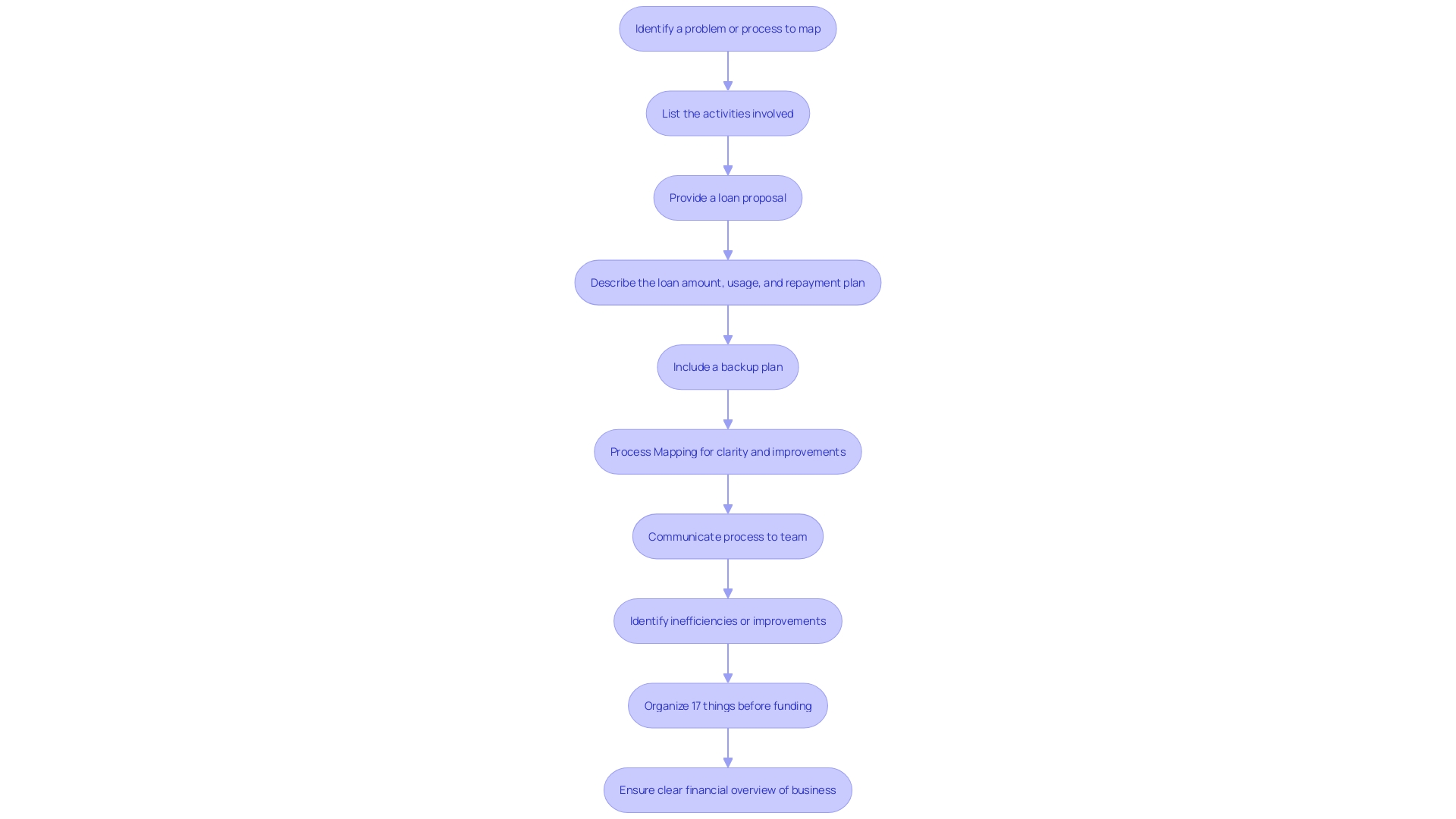
Examples of Financing Activities
Financing activities are crucial for managing a firm's capital structure and ensuring liquidity. These include securing bank loans or lines of credit, which are essential lifelines for businesses needing to fund operations or growth initiatives. Issuing debt instruments like bonds or notes payable provides another avenue to raise capital while spreading the repayment obligations over time. Notably, these methods offer different levels of control and regulatory oversight compared to traditional financing.
Equity financing, another aspect of financing activities, involves raising capital through the sale of shares. This route can be advantageous as it often comes with fewer regulatory constraints and allows businesses to maintain operational control without the immediate burden of repayment. Alternatively, buying back shares or distributing dividends to shareholders signifies a reimbursement of funds to investors and may indicate a firm's well-being and faith in future profitability.
In the context of preserving a robust monetary base, companies must carefully balance these funding activities. For instance, a business must weigh the benefits of maintaining control against the potential dilution of ownership when considering equity financing. The process can be complex, as seen in cases where businesses seek flexible funding options outside conventional banking systems, which may involve intricate negotiations and legal considerations.
Recent trends have emphasized the importance of careful monetary planning. With total credit card debt surpassing $1 trillion for the first time and an increase in the number of credit card accounts, consumer reliance on credit is evident. Businesses, too, must navigate this landscape with prudence, as economic conditions and lending standards fluctuate. For example, the Senior Loan Officer Opinion Survey on Bank Lending Practices highlighted a tightening in standards and a decrease in demand for commercial loans, underscoring the importance of comprehensive monetary strategies.
Innovation in financing is also evident in industries like FinTech, where businesses like Silvr offer short-term business loans with rapid online processes and flexible repayment options tailored to each organization's needs. This reflects a broader shift towards more adaptive and responsive financial services, aiming to support business development and growth in an ever-evolving market.
Ultimately, financing activities are not just transactions but strategic decisions that can shape an organization's trajectory. As highlighted by the modernized branding of institutions like AFFIN Group, which symbolizes customer centricity and value to stakeholders, the approach to financing is also a reflection of an organization's identity and its commitment to growth and sustainability.
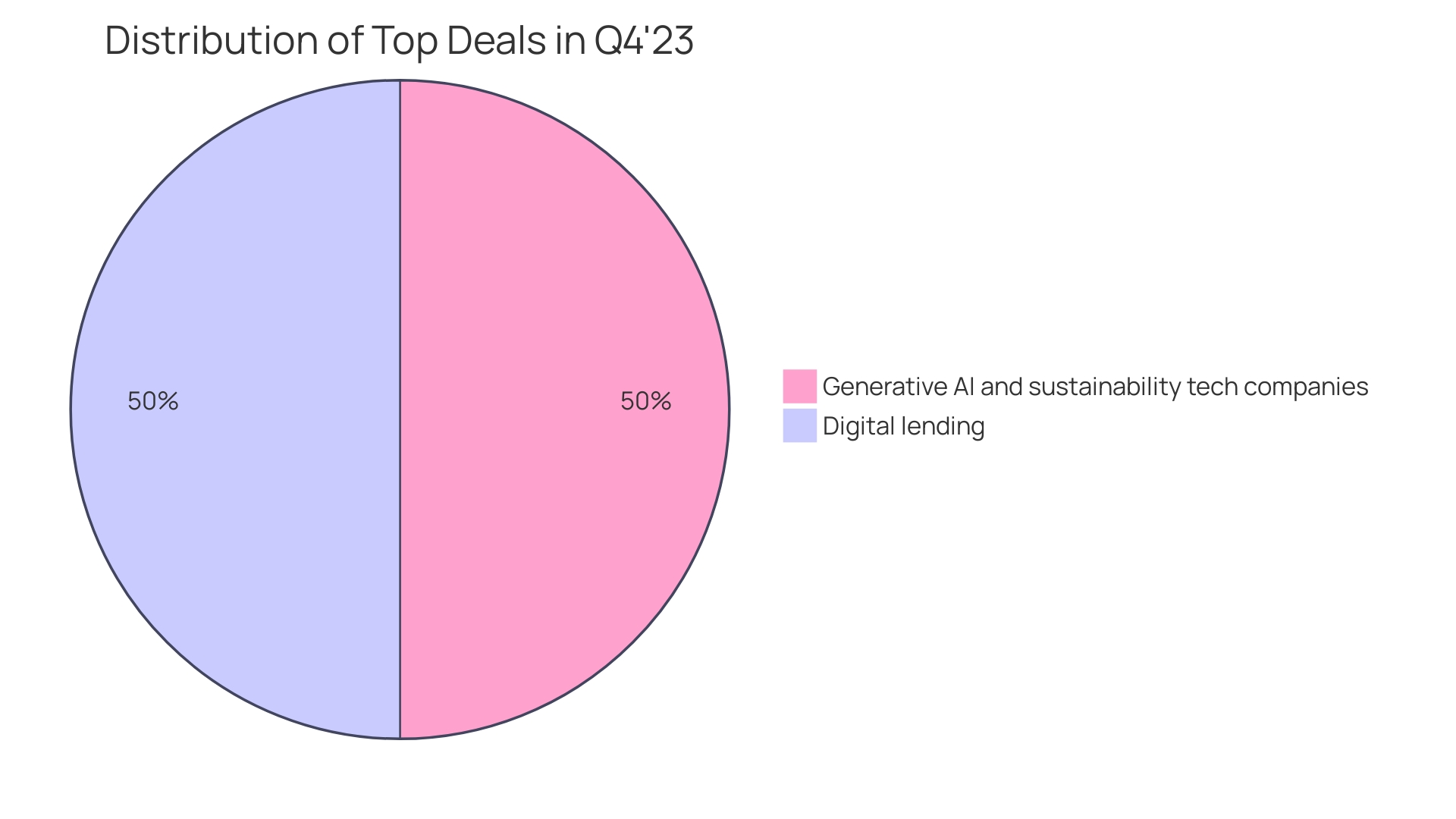
Interpreting Cash Flow Data for Financial Health
Examining the financing activities section of the cash flow statement provides insight into a firm's approach to managing its capital arrangement. When a company demonstrates favorable monetary movements in this domain, it implies a proficiency in acquiring funds, often by issuing fresh stocks or debt securities. On the other hand, adverse monetary streams may indicate loan reimbursements or dividend distributions, suggesting a possible dependence on outside funding to cover deficiencies in funds.
Analyzing unicorns—start-ups valued at over $1 billion—reveals a stark dichotomy. Among the approximately 2,500 unicorns identified in the past twenty years, only a chosen few exhibit strong money generation from operations, emphasizing the rarity of self-sustaining growth without continuous venture capital injections. This revelation questions the importance placed on market valuation, advocating for a renewed emphasis on operational liquidity as a genuine measure of start-up achievement.
The importance of managing the financial movement resonates throughout the business environment. Unfavorable movement of funds can initiate a dangerous chain reaction, incapable of fulfilling commitments to employees, suppliers, or creditors, potentially resulting in business failure. This emphasizes the importance of the statement of funds, which classifies money movements into operations, investing, and financing activities. It's a direct measure of an organization's capacity to generate funds through regular operations and maintain liquidity without additional sources of funding.
Free money movement, the surplus funds generated after covering operating expenses and working capital requirements, stands as a critical metric. It not only indicates the firm's operational efficiency but also acts as a fundamental component in valuation models, providing insights into the firm's intrinsic value and investment potential.
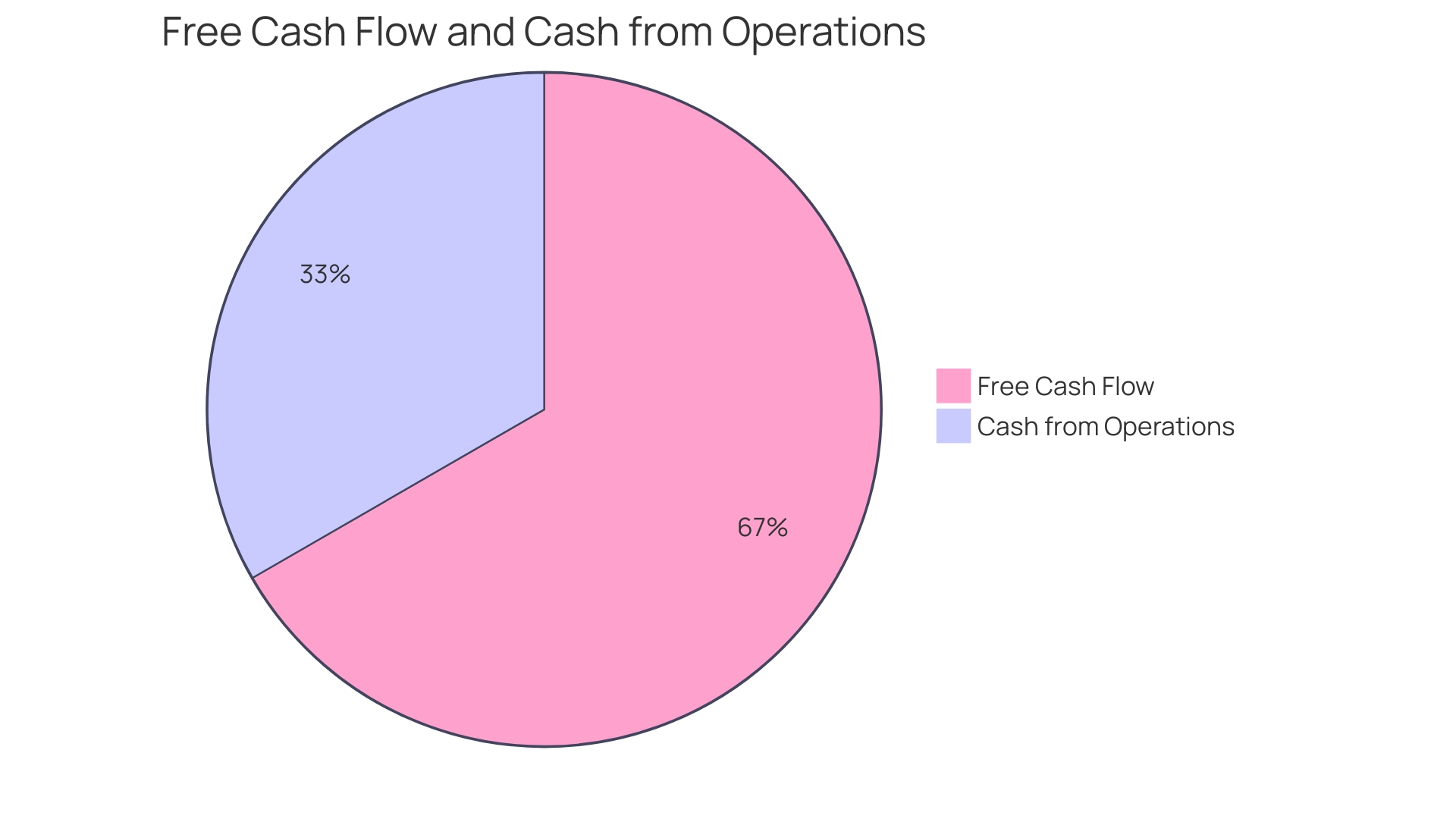
Calculating Cash Flow from Financing Activities
Grasping the complexities of a company's monetary movement is crucial, particularly when analyzing financial and investment activities. When embarking on this analysis, one must move beyond the net income figure presented on the income statement. It requires meticulous adjustments for non-cash transactions to accurately reflect the financial reality. Take for instance the cash flows associated with financing activities. This area encompasses critical actions such as the issuance or repurchase of company equity, the procurement or repayment of debt, and the distribution of dividends to shareholders.
The relevance of such financial maneuvers can be highlighted by examining the case of Monday.com. Their journey to achieving positive free cash flow in the midst of decelerating growth emphasizes the significance of efficient expansion and the strategic management of financial resources. It's a testament to the fact that not all revenue is equal—gross margins play a pivotal role. During the high tide of 2021, investors fixated on revenue, often overlooking the underlying efficiency metrics like gross margins. Nevertheless, the genuine gauge of a firm's worth is its ability to consistently provide unrestricted monetary resources to its stakeholders throughout its existence.
Additionally, Polestar's future-oriented statements on financial performance, including forecasts of revenue, volumes, margins, and breakeven points, further underscore the significance of these financial activities. Such statements, while inherently uncertain, provide insights into the anticipated needs for funding and the plans to address them.
When examining statements of money movement, it is crucial to keep in mind that the document is split into three sections - operating, investing, and financing money movements. The operating segment, usually the main emphasis, examines transactions involving money pertaining to the fundamental business operations, including funds generated from sales, operational expenses, and adjustments for non-cash items such as depreciation, as well as variations in working capital.
Fundamentally, a comprehensive comprehension of monetary streams originating from funding and investing undertakings is not only concerning the figures—it's regarding the narrative they communicate regarding a business's fiscal well-being and strategic orientation. In this manner, businesses such as Monday.com and Polestar provide valuable examples in the careful administration and prediction of monetary movement, a procedure that is unquestionably crucial to the endurance and expansion of every organization.
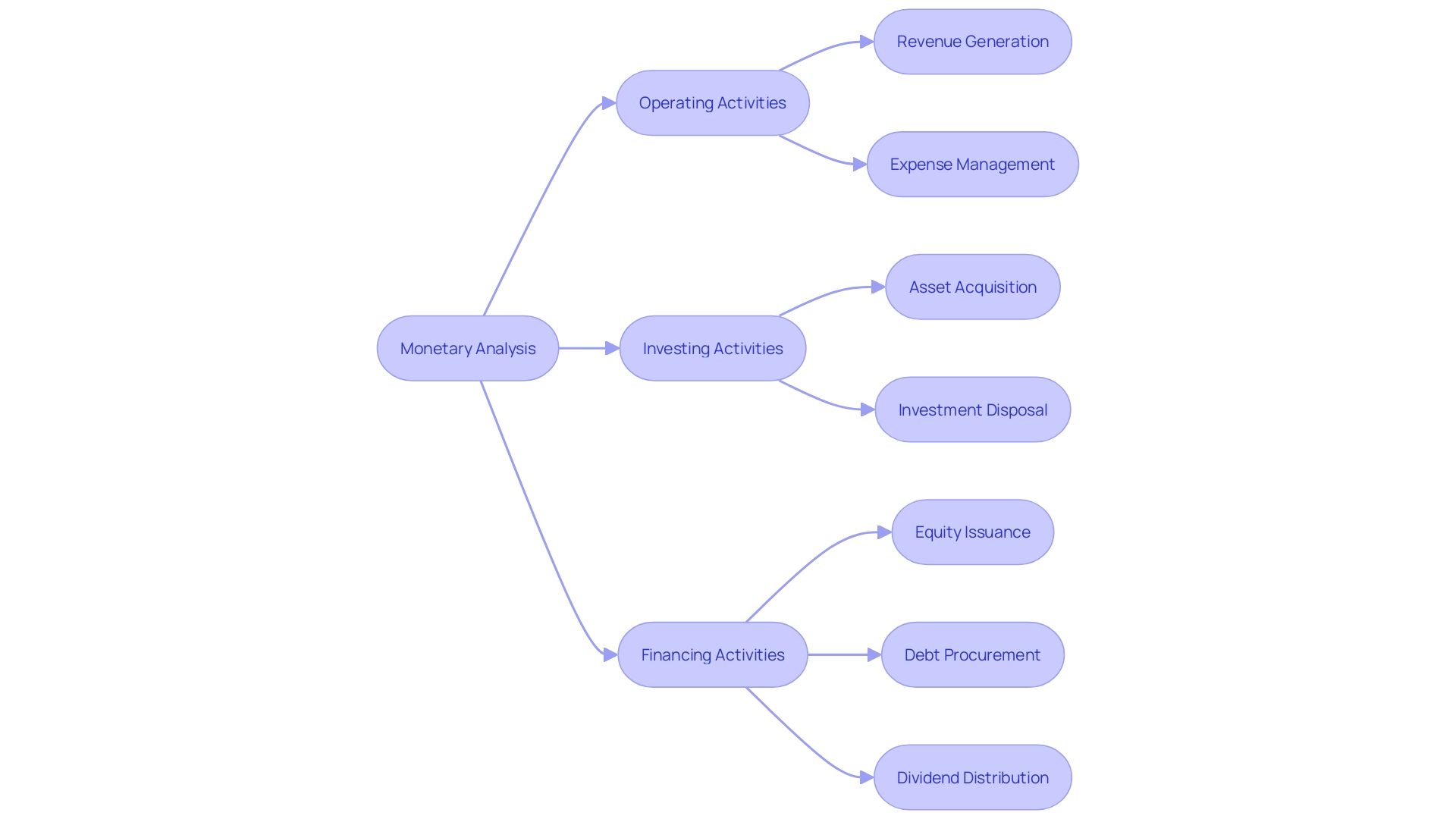
Positive and Negative Cash Flow from Financing Activities
Comprehending the monetary stream from funding activities is crucial for businesses as it signifies the net flows of money utilized to finance the organization and its capital. A positive influx of funds from financing activities indicates that a company has been successful in generating adequate financial support for its operations and growth. For example, Monday.com's progression to achieving positive free cash exemplifies expertise in managing money. They strategically managed their monetary stream to fuel growth and shareholder value, demonstrating the importance of efficient monetary stream management for operational sustainability and expansion.
Unlike the success of Monday.com, an unfavorable monetary movement resulting from funding endeavors might indicate that an organization is expending more on its financing than it is generating, posing inquiries about the long-term viability of its finances. This may require a deeper analysis of the organization's financial strategies and potential adjustments to ensure stability and growth.
The significance of monetary movement is emphasized by the necessity for businesses to present a statement of monetary activities since 1987, which provides a clear perspective of all financial transactions across operating, investing, and financing segments. This statement is crucial as it directly measures an organization's capacity to generate funds from its core operational activities, without depending on external sources of funding.
As we've observed from recent news, such as job losses in the capital markets as reported by Industrial Alliance and strategic partnerships between Vodafone and Microsoft, the business landscape is continually evolving. Enterprises need to adjust their monetary approaches to these modifications while upholding a strong liquidity management system to successfully navigate obstacles.
In brief, favorable money movement from funding endeavors is a robust signal of an organization's fiscal well-being and its capacity to sustain operations and promote expansion. However, it's crucial to consistently review performance in terms of goals, market changes, and operational efficiency to ensure the business remains competitive and economically sound.
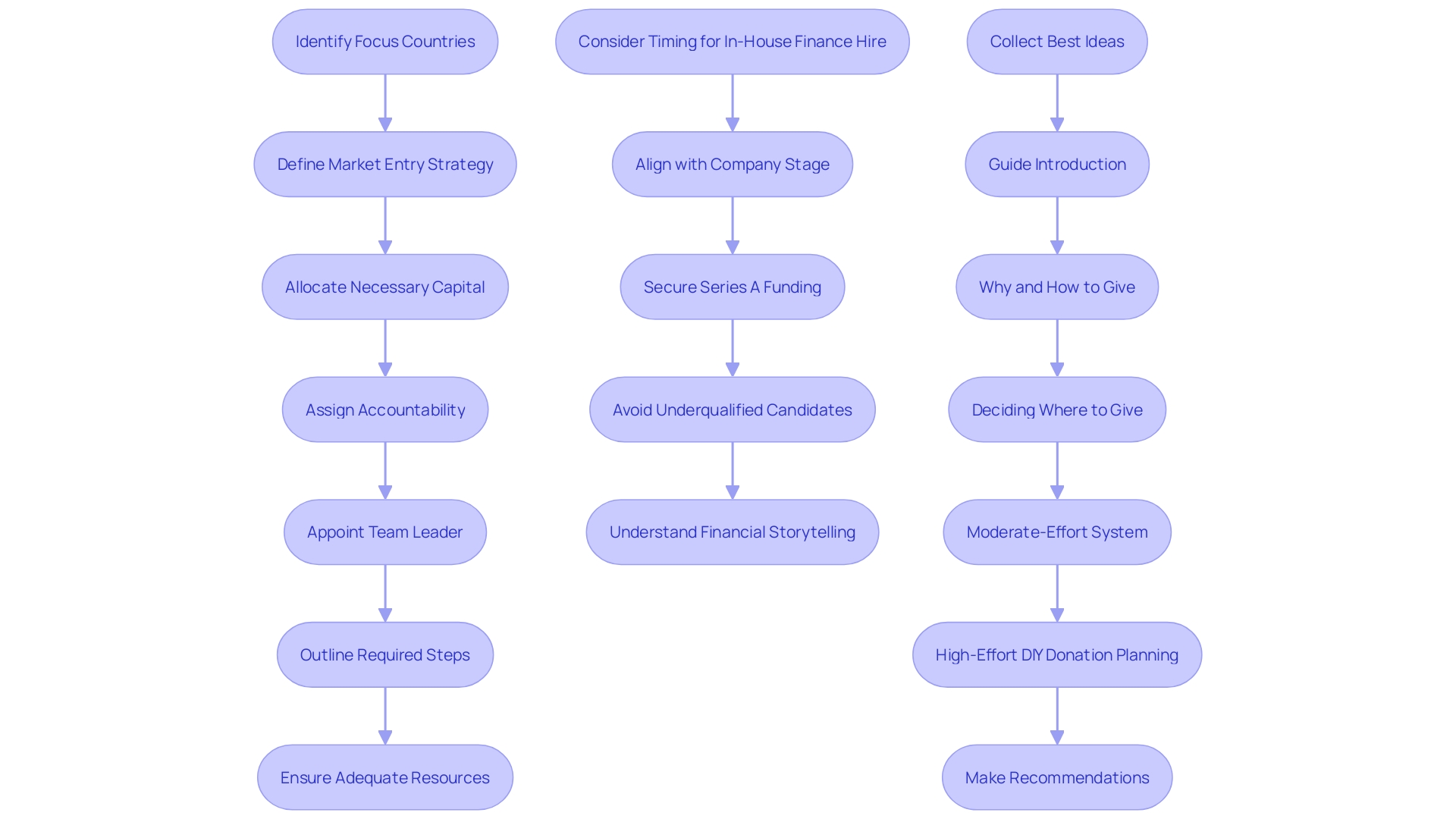
Importance of Financing Activities in Financial Analysis
The cash flow statement's financing activities segment provides invaluable insights into a firm's capital structure dynamics, including its proficiency in securing and managing finances. Investors, analysts, and strategists delve into this section to gauge the organization's health in terms of debt management and equity financing. This examination shows how skillfully an organization can navigate monetary waters to sustain stability and efficiently allocate resources.
Operating Activities: Key to the statement, operating activities specify inflow from sales, outflow for business expenses, and adjustments for non-cash transactions, providing a snapshot of the business's core monetary operations.
Investing Activities: This part accounts for the cash flow associated with a firm's investment activities, such as the purchase or sale of assets, which is pivotal for understanding how the organization allocates its capital for long-term growth.
- Financing Activities: The financing activities section reflects transactions involving debt, equity, and dividends. It's a clear indicator of how an organization raises capital, settles debt, and provides returns to shareholders, which is essential for evaluating an organization's long-term financial strategy and sustainability.
By examining these components, one can discern the company's strategy for sustaining operations, expanding its asset base, and optimizing its capital structure. For instance, a positive cash flow from operations indicates efficient management and the potential to self-finance growth without external funding.
To illustrate, consider the words of a financial expert: "It's one of the most important metrics in the world of finance. I'll teach you everything you need to know together with concrete examples... You want the Free Cash Flow of a corporation to expand at very attractive rates This highlights the significance of analyzing cash flow to comprehend an organization's capability to generate surplus funds after covering operational costs and capital expenditures, which is crucial for strategic business decisions.
Moreover, recent regulatory developments emphasize the importance of transparent and accurate reporting. As new regulations come into force, businesses must skillfully handle and reveal their financing activities to guarantee conformity and uphold investor trust.
To summarize, a comprehensive examination of the funding operations within the monetary movement report is crucial for any party concerned about the organization's fiscal well-being, strategic orientation, and regulatory adherence.
Common Mistakes to Avoid When Analyzing Financing Activities
Understanding the cash flow from financing activities requires keen attention to prevent mistakes that could distort the narrative. Consider the cautionary tale of the U.S. federal government's delay in declaring a holiday to honor President Reagan's passing: the untimely decision disrupted routine reporting. For CFOs, this emphasizes the significance of timely and consistent statement review, even amidst unforeseen events.
A finance expert's responsibility is to analyze monetary records and market patterns, a procedure that involves a thorough evaluation of money movement statements. Mistakenly disregarding non-monetary transactions or overlooking to assess monetary streams against industry standards can conceal a company's economic path. According to Dr. Sharon H. Porter from Vision & Purpose Lifestyle Magazine and Media, a comprehensive examination of statements related to money is crucial for effective management of funds.
The impact of miscalculations can be staggering, akin to the 900 million error within a fund's index composition described by Alphaville. Such errors can result in measurable losses, highlighting the importance of accuracy in analysis. By anchoring cash flow evaluation in robust scrutiny and comparison to benchmarks, CFOs can effectively steer their organizations towards financial stability and growth.

Conclusion
In conclusion, understanding financing activities is crucial for navigating the financial landscape and ensuring a company's financial stability and growth. The cash flow statement provides valuable insights into how companies manage cash and investments, shedding light on their operational efficiency and financial health.
Financial analysts play a pivotal role in evaluating a company's financial performance and providing forecasts for strategic planning. By staying informed about market trends and recent funding rounds, businesses can effectively strategize and secure their financial future.
The cash flow statement's financing activities section is divided into three segments: operating, investing, and financing activities. It reveals how a company finances its operations and growth, including transactions related to equity, debt, and dividends. Positive cash flows indicate an adeptness in securing capital, while negative cash flows may suggest reliance on external financing.
Analyzing the cash flow statement requires a comprehensive understanding of the intricacies involved. It involves adjustments for non-cash transactions and a focus on free cash flow, which is a true measure of a company's value and investment potential.
Effective cash flow management is vital for a company's sustainability. It ensures that the company can meet its obligations, maintain liquidity, and fuel growth. By continuously reviewing financial performance and adapting to market changes, businesses can navigate challenges and ensure long-term stability and growth.
In conclusion, a thorough understanding of financing activities is essential for businesses of all sizes. By analyzing the cash flow statement's financing activities section, stakeholders can gain valuable insights into a company's financial health, strategic direction, and regulatory compliance. By implementing effective cash flow management practices, businesses can position themselves for success in the dynamic financial landscape.




